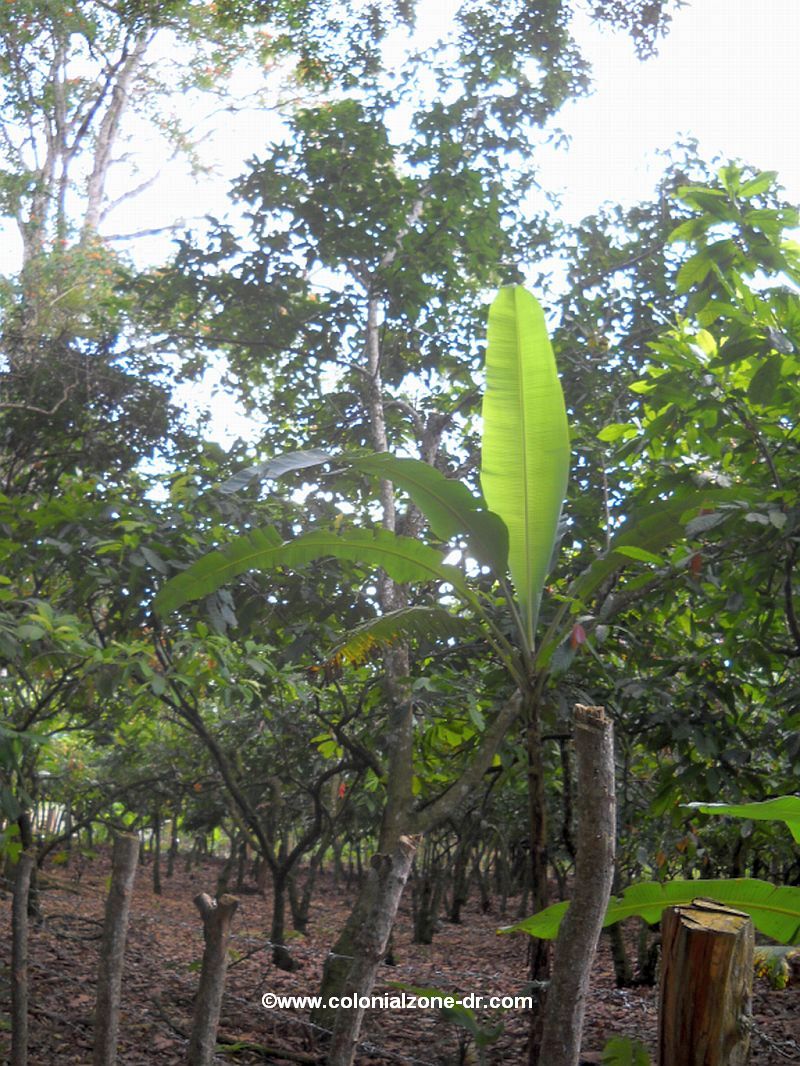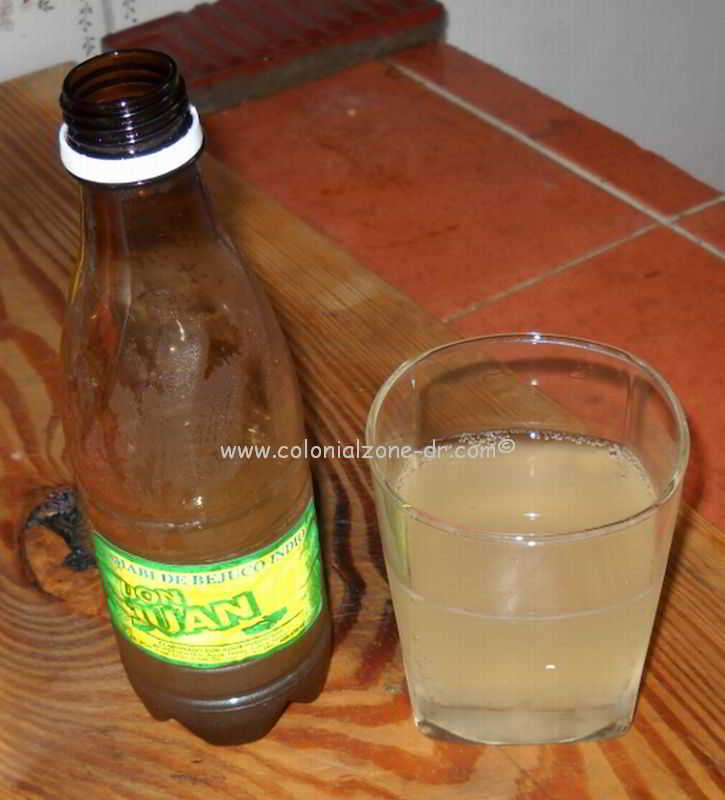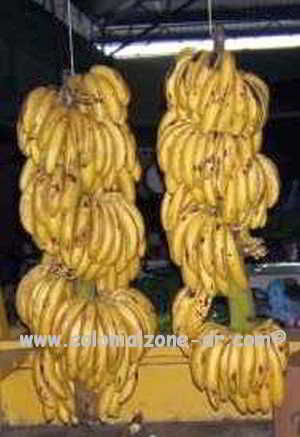If you found my web site useful consider making a donation through Pay Pal.
Thanks!

|
|
Gracias a coinmill.com


Grown in Dominican Republic
Home | Dining & Night Life | Hotel | Sights | Pictures | Music | Colonial Zone Map | Hot Spots! Directory | Site Search
site map Copyright © 2005 - 2015 All Rights Reserved. Colonial Zone-Dominican Republic (DR)
Our complete exchange rate tool.
Home | Calendar | Night Life/Dining | Sight Seeing | Pictures | Businesses | Artists | Food | Helps | History | Language | Music | Media | Pastimes | Products | Tradition/Legend | Links | About Us | Buy Mamajuana | News Blog | DR Gringa's Life Blog | Dominican Dog Blog | Web Designer
[TOP]
Coffee | Larimar | Amber | Ron/ Rum | Cerveza/ Beer | Vino/ Wine | Mamajuana | Purchase Dominican Mamajuana | Grown In Dominican Republic | Souvenirs | Cigars |
Papaya/ Lechosa is a fruit grown on large trees in tropical climates. There are male and female trees and their offspring are the sweet fruit papaya. Here in Dominican Republic it is called lechosa. It is a large fruit green when unripe. When the fruit is ripe and ready for eating it is soft and yellow with some darker spots here and there. It is best eaten plain and is quite juicy. One of the best ways to serve it is to blend it with some milk or carnation and ice. This is really tasty. The little black seeds inside are sometimes eaten, they have a little of a spicy taste. They are used as a substitute for pepper when dried and ground.
Sweet papaya known in Dominican Republic as lechosa
Mavi also spelt Mabi (pronounced Ma-Vee or sometimes Ma-Bee), is a staple in the Caribbean. This drink is made from the bark of the Mabi tree is also known as mabetree, soldierwood or seaside buckthorn. This bark is rich in glucosides (what is that you may ask? wikipedia definition here) The bark is removed from the tree and boiled to make a tea. Sugar, usually raw or turbanado sugar is best as it has a little hint of molasses to it. Many make this tea into the fermented drink by adding some yeast and letting it sit for a few days uncovered. It can also be made into a non-fermented drink as well. It is said to lower blood pressure, reduce cholesterol, and to make men more potent.
In Dominican Republic Mavi is usually made locally and can be purchased in the Colmados and corner markets. It can be found in most any type of bottle as the maker uses what is available. It is very refreshing and can be sometimes potent so beware.
Aguacate/ Avocado The Avocado of Dominican Republic is usually quite large and has a much different taste than the ones on the grocery shelves that most people are accustomed to eating. When this creamy, nutty flavored fruit (yes it is a fruit not a vegetable) is in season it can be found in abundance in every market, on the streets and in most restaurants.
Dominicans use this beautiful green colored fruit on salads or just eaten plain with a little límon/ lime-lemon to accompany any meal, soup or stew. Make a sandwich using this fruit on some pan de auga and you will be quite pleased. Aguacate is also used in many cosmetic preparations. Just remember, it is fattening (about 75% of an avocado's calories come from fat) so don't over indulge. Avocados have more potassium than bananas, have the highest fiber content of any fruit and are rich in B, E and K vitamins. They are also known to lower the bad cholesterol and help with the good HDL levels.
+click images to enlarge
(left) Avocado trees in Salcedo, Republica Dominicana
(right) Ripe aguacates ready to be eaten
Guineo/ Banana (the sweet type of fruit you can eat raw) - Platano/ Plantain (the hard fruit that is very starchy and needs to be cooked) are some of the most recognizable fruits of the world.
Here in Dominican Republic we love our bananas. These large, big leaved plants can produce many fruits. They taste better here in Dominican Republic because they are ripened right on the plant and not picked green like the ones shipped to other destinations. Choose a red, yellow or green banana/ guineo that can be eaten without cooking. Try a green to yellow platano that needs to be cooked to be eaten either plain or served in many imaginative forms. A fresh sweet yellow banana, nothing tastes or smells better. For platano cooking information check out our recipes page.
+click image to enlarge
Dominican Republic Mabi de Bejuco Indio
+click images to enlarge
(top left and rigt) Platano and Banana trees
(bottom left) Plantains - Platano (bottom center) ripe guineo - bananas (bottom right) Another type of platano called Rulo.
Piña/ Pineapple The pineapple can be found growing in Dominican Republic. They are vine ripened so this makes them taste so much better than ones you get outside of the country. They can be purchased in almost any spot in the country. Vendors always seem to have them either whole or cut for you to enjoy right on the spot. Do not be afraid to eat the core as it is soft and sweet just like the outside fruit.

Mango is a well-known fruit that grows on a tall tree. The tree does make lots of fruits that are very sweet and juicy. There are many different varieties of mangos grown in DR
The mango makes for some messy eating and it is well worth the mess. I suggest eating it with a knife instead or just biting into the fruit. This way you get all the juice in your mouth and not down the arm. Also the pulp is very stringy and if you don't have dental floss or a toothpick handy you will be digging at your teeth all day trying to remove the little fibers from between and this can get annoying. These fruits are wonderful and refreshing so please do not pass them up. They make a wonderful juice with some ice, milk, and a little sugar in a blender. I live to freeze this milk shake type drink for a freshening icy treat.
+click to enlarge
Ripe, sweet mangos in a cart ready to eat
Continue to Products Grown in Dominican Republic Page 2
+click to enlarge
Mangos in the tree almost ready to eat
Grown in Dominican Republic Page 1
Papaya/Lechosa | Mabi or Mavi | Aquacate/ Avocado | Guineo/ Banana/ Platano | Piña/ Pineapple | Mango | Limoncillo | Tamarindo | Moringa | Noni Fruit | Almendra | Yuca/ Cassava | Cacao/ Coco |
More information on food in Dominican Republic
[TOP]

Custom Search






.jpg)
.jpg)
.jpg)
.jpg)
.jpg)
.jpg)
